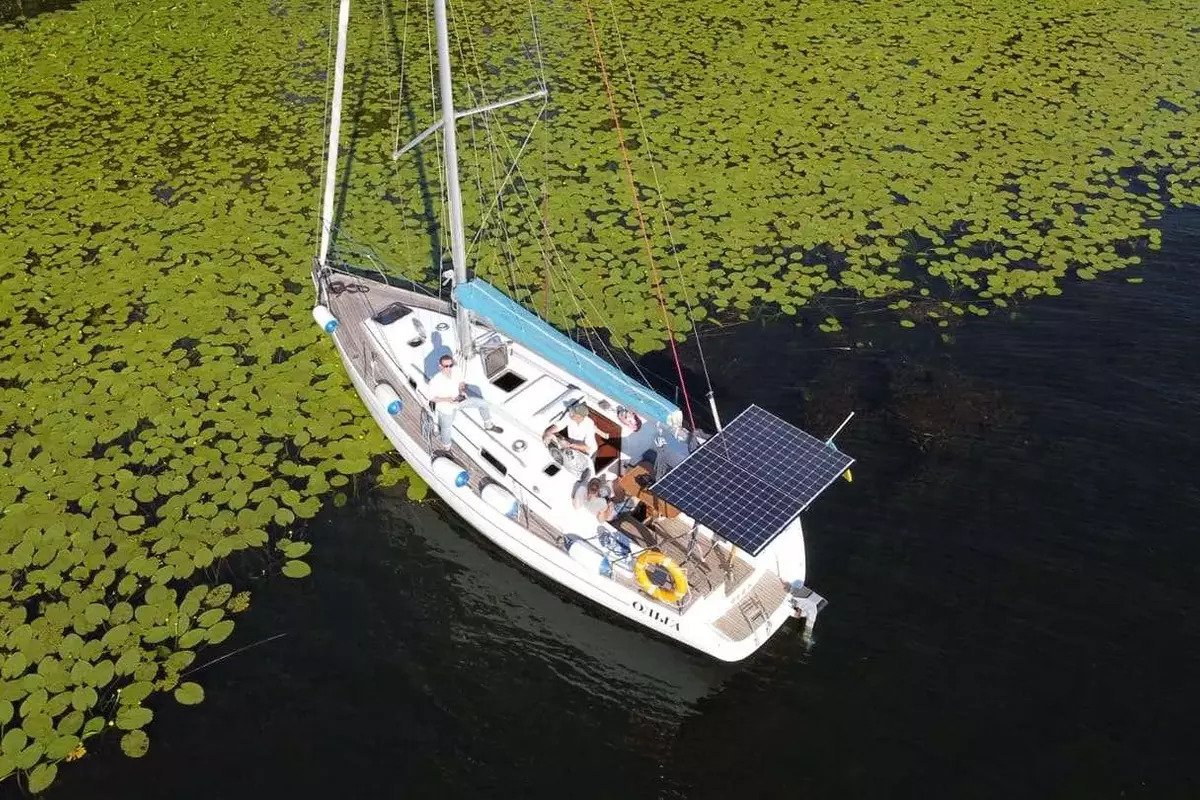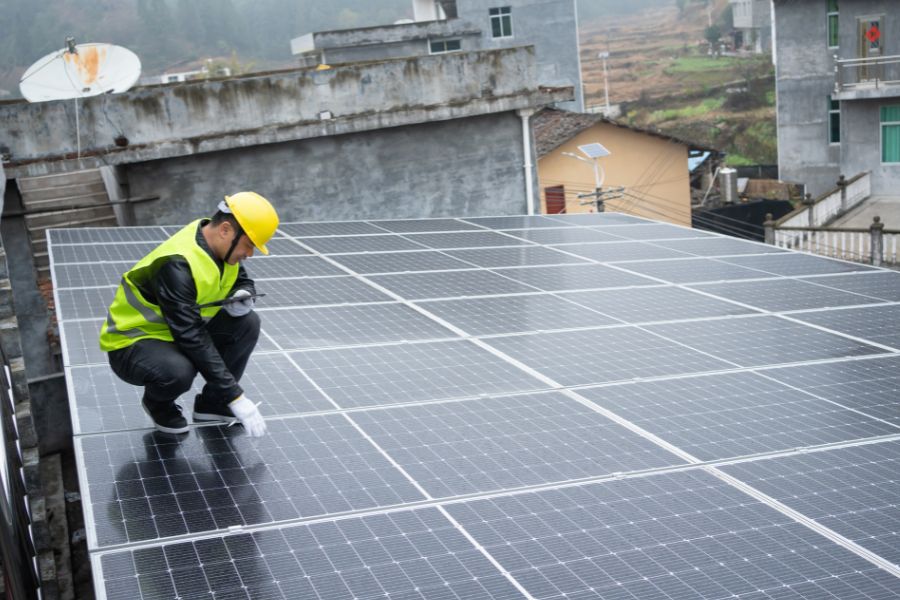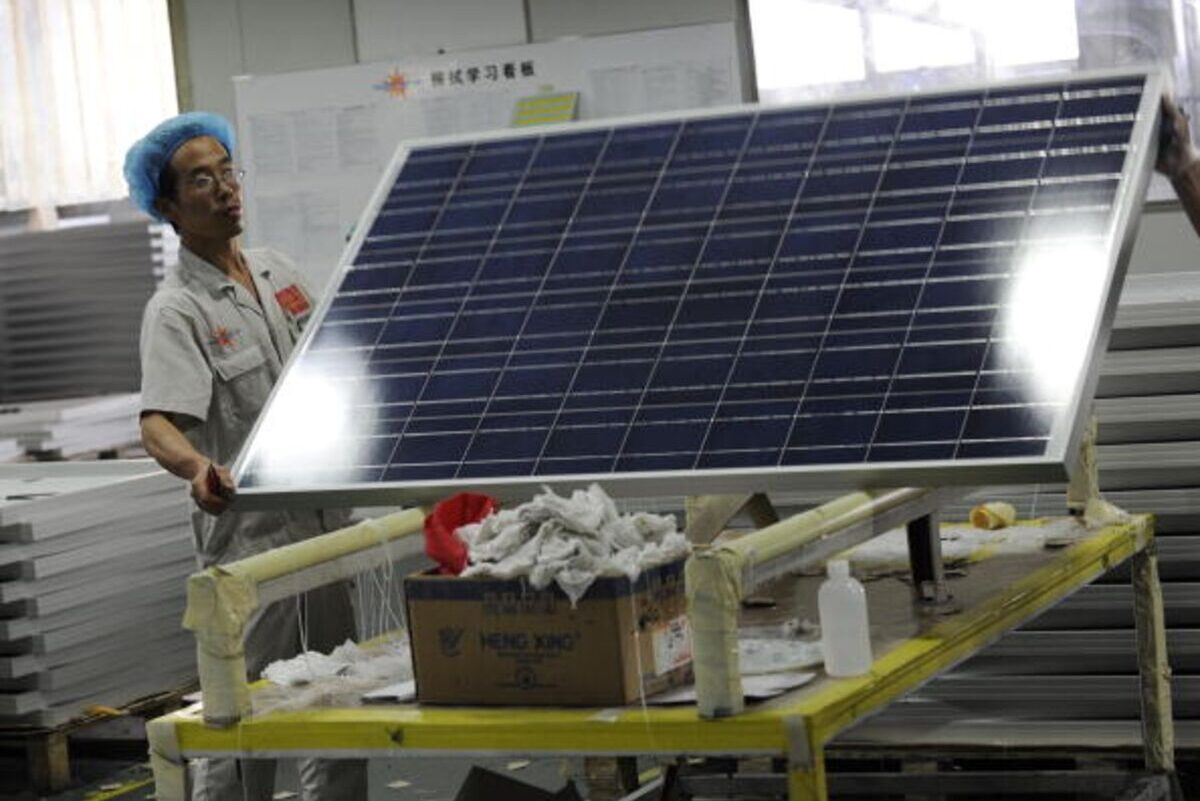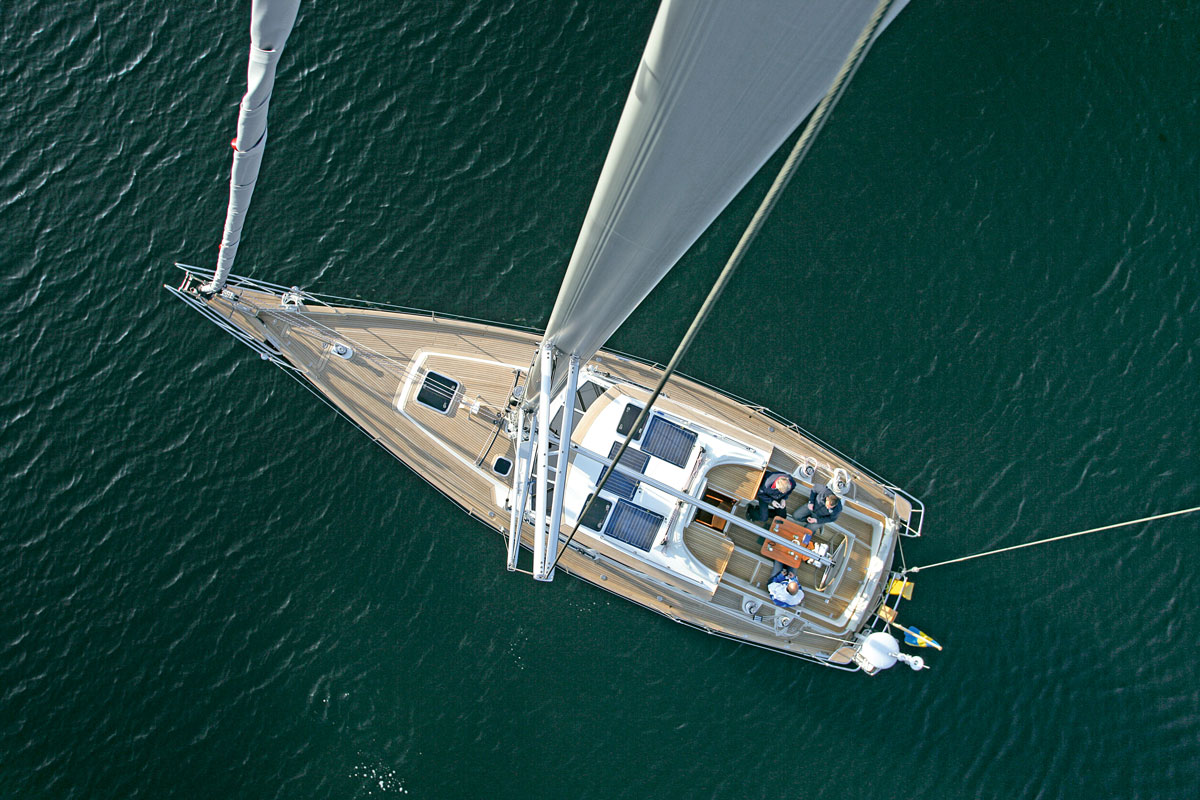Through the years, so many myths have been said about solar electricity for boats. So to avoid confusion and misinformation, here are the truths about the common myths about solar panels on boats:
1. The solar panel’s wattage rating tells you how many watts it will generate when exposed to sunshine.
The Truth:
No, the wattage rating of a solar panel represents the maximum amount of power it might conceivably generate under the most unlikely of circumstances. The Standard Test Conditions, or STC, are duplicated in a testing machine where panels are tested. STC conditions are comparable to midday on the equinox with a zero-degree temperature on the equator.
2. You cannot step on the solar panels.
The Truth:
In principle, you may stand on any solar panel, but the reality may not be as pleasant for either you or the panel. While glass panels with aluminum frames are obviously not meant to be walked on, others, like the Standard and Power M series from Solara, are.
3. The most effective solar panels are made of glass and have aluminum frames.
The Truth:
The efficiency of a solar panel is determined by the type of cell, not by the way it is built.
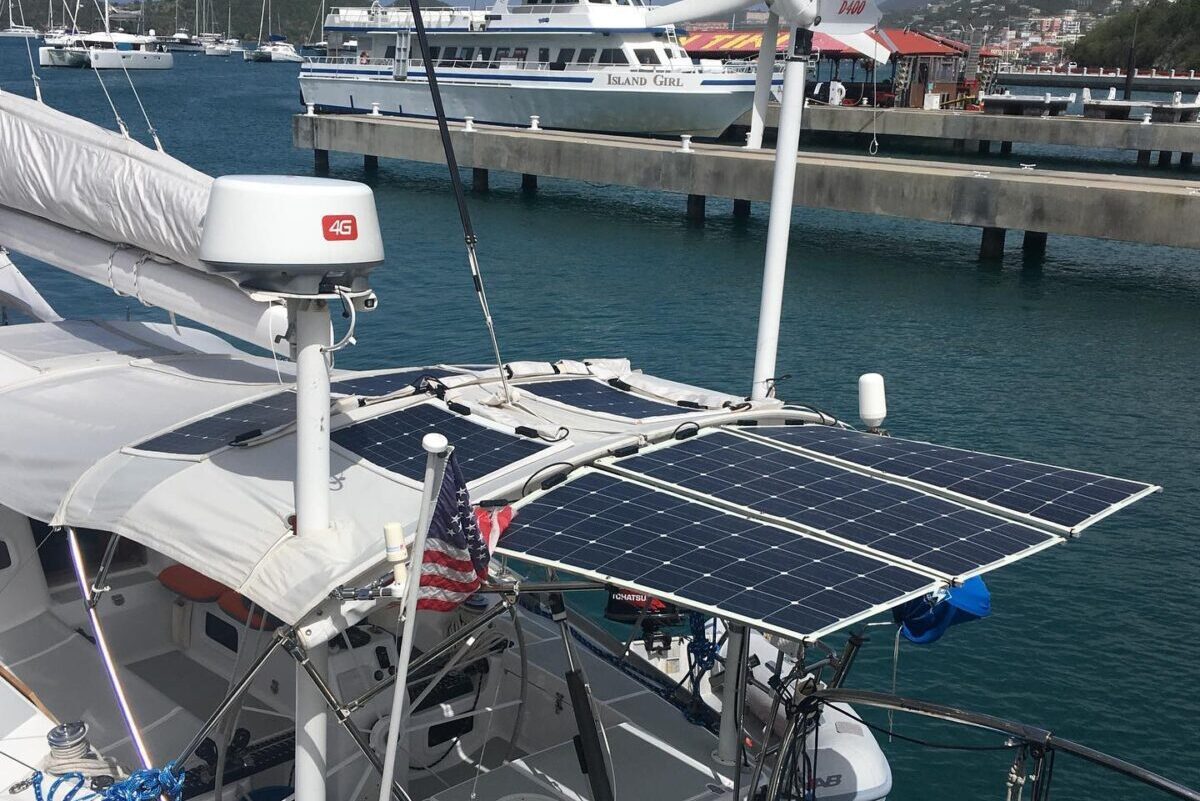
4. More cost-effective and efficient cells and panels will be accessible soon.
The Truth:
Over the years, silicon solar cell efficiency has made very little development, and there won’t be any soon. Some solar technologies, like thin-film, have undergone some promising new advances. However, they are still less efficient than what we currently have.
As soon as efficiency gets close to the levels available today, the emphasis will change to reducing manufacturing costs.
5. Whatever watts a solar panel claims to have, that is what it produced in testing.
The Truth:
Solar panels and cells are all unique. The watt rating is a nominal rating for that batch or design of panel; variations are possible within the manufacturers’ declared power tolerance.
A 120-watt panel may only be able to produce 108 watts under STC conditions if it has a negative Power Tolerance of 10%.
6. Colors cannot be added to the panels.
The Truth:
Colors are not allowed, but varying hues are. We have panels with clear, black, or white backgrounds with black cells. With today’s technology, you may color your panels to match, for instance, a teak deck or a deep blue hardtop without suffering a significant performance loss.

